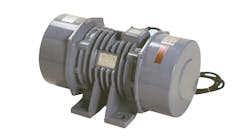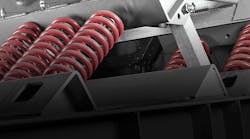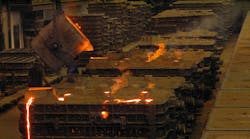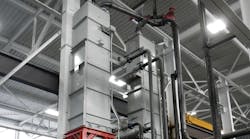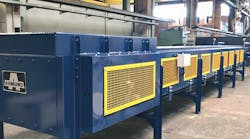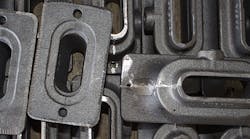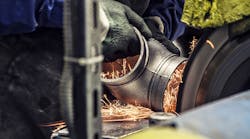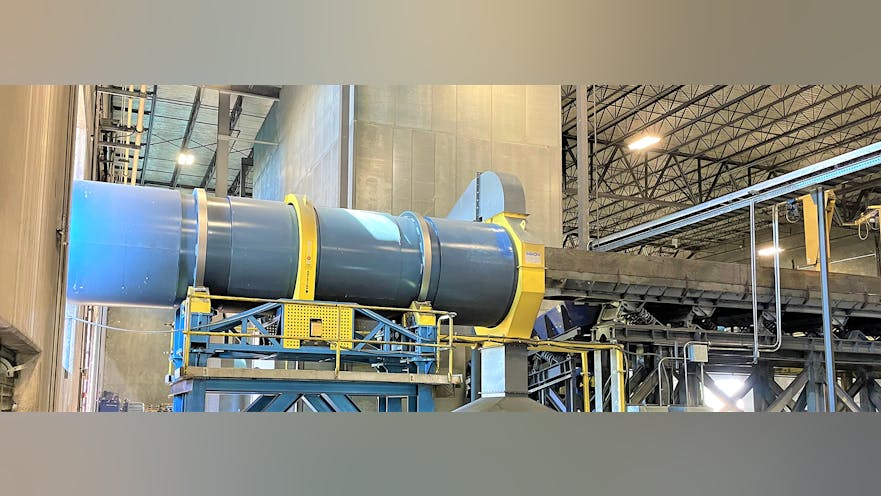In 2017, Fritz Winter North America commissioned a new iron foundry in Franklin, KY, and today it supplies castings including disc brake rotors to automaking operations in the Midwest and Southeast U.S. Designing a greenfield foundry allowed the German company to adopt a clean-sheet approach in foundry-flow design, to maximize efficiency and throughput.
After four years the foundry started to study the sprues and gating on the parts it produces, and what occurred after the casting separation process. The results of that study uncovered striking inefficiencies but also defined a project that would allow Fritz Winter to enhance its production process. Many projects aim to improve casting production efficiency, but this particular project increased production significantly through energy, safety, and labor savings.
The study described how during the casting process, the mold was shaken out on a high-frequency shakeout system, resulting in castings, gating, and carryover sand traveling to the casting/sorting conveyor. At this point, the castings were separated from their gating for the initial shotblast process.
The gating and carryover sand were conveyed directly into a roll-off container to be transported to the scrap yard, for sand and metal separation by magnet. This led to excessive sand in the melt yard and on the scrap returns. In addition, an estimated 2-3% of the sand waste stream included gating that the magnet could not recover, and so it was discarded.
Fritz Winter NA contacted DIDION International about its Rotary Sprue Cleaner/Crusher machine, designed to separate the sand from the gating, clean the metal, and provide crushing for a dense melt charge. After taking advantage of DIDION’s free trial offer, the test results were astonishing and the benefits to the foundry were clear.
Working together, Fritz Winter NA and DIDION engineered the best approach to integrate the Rotary Sprue Cleaner/Crusher within the foundry layout. The optimal solution was to install the drum at the end of the existing gating sorting conveyor, to process the carryover sand and melt returns. Then, a bi-directional vibratory conveyor supplied by Conveyor Dynamics was put in place at the drum discharge to fill two totes of melt returns with one conveyor.
As a result, the immediate improvements included:
• Labor savings reduced the head count by one per shift, because of less slagging.
• Energy savings thanks to a 10-minute reduction in melt time, due to charge density.
• Metal disposal savings of 3% thanks to recovered metal that had been lost in the waste stream.
“Returns used to be the least favorite material to add to the charge mix. Now, the melt department picks those first,” explained Erik Storrer, Engineering Manager. “We used to have to drive the melt team to maintain the inventory balance and avoid the growing pile of returns; they now prefer this material when building their charge recipe.
“The benefit is worth it, for sure,” Storrer summarized. “The energy savings will pay for it, but if you are losing material to your waste stream because of a high-frequency shakeout system, you will most definitely benefit from a DIDION.”
Mark Didion is the President of DIDION International Inc.

